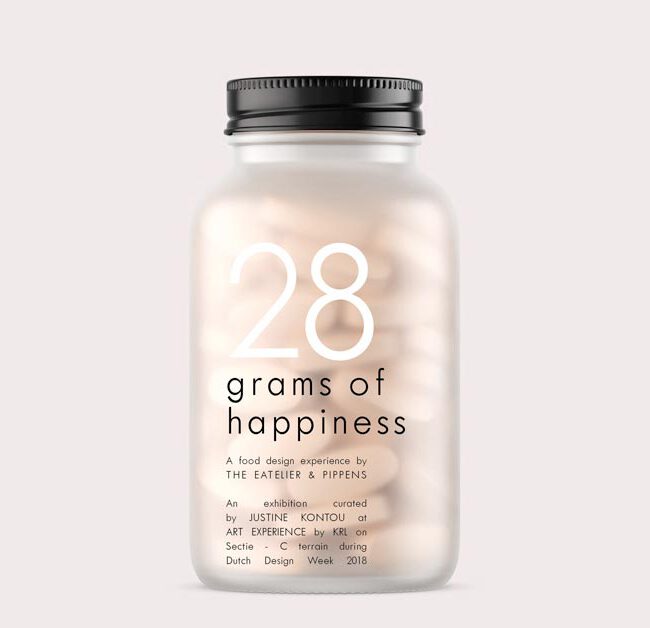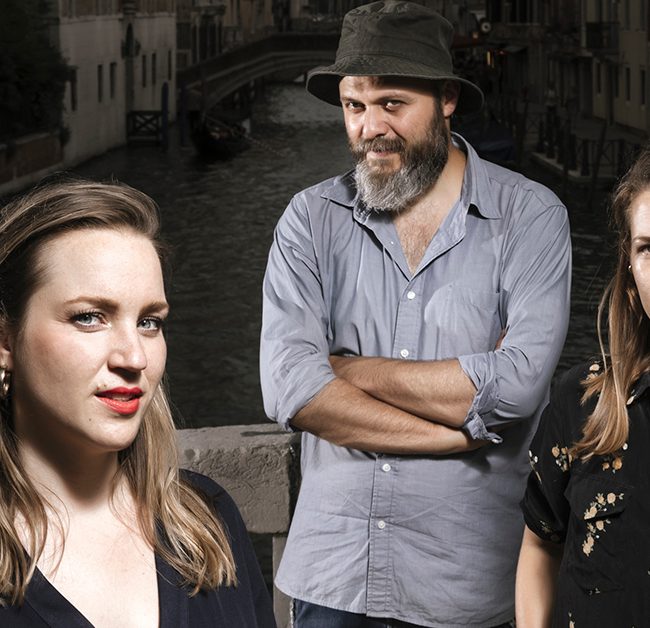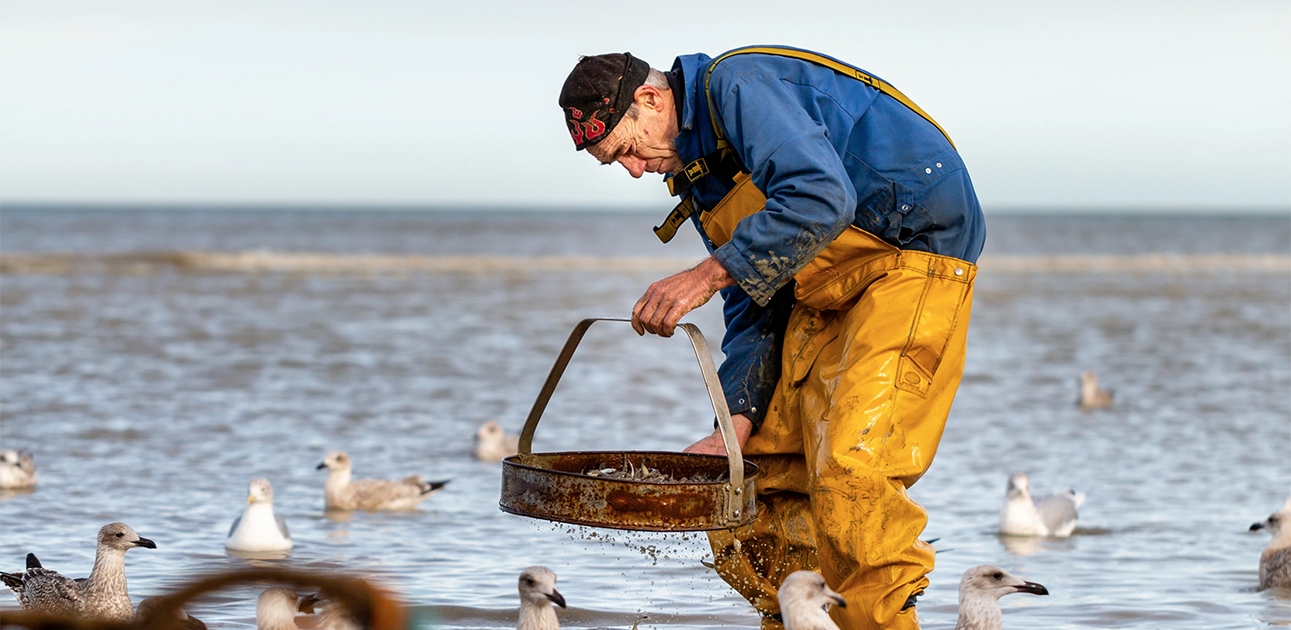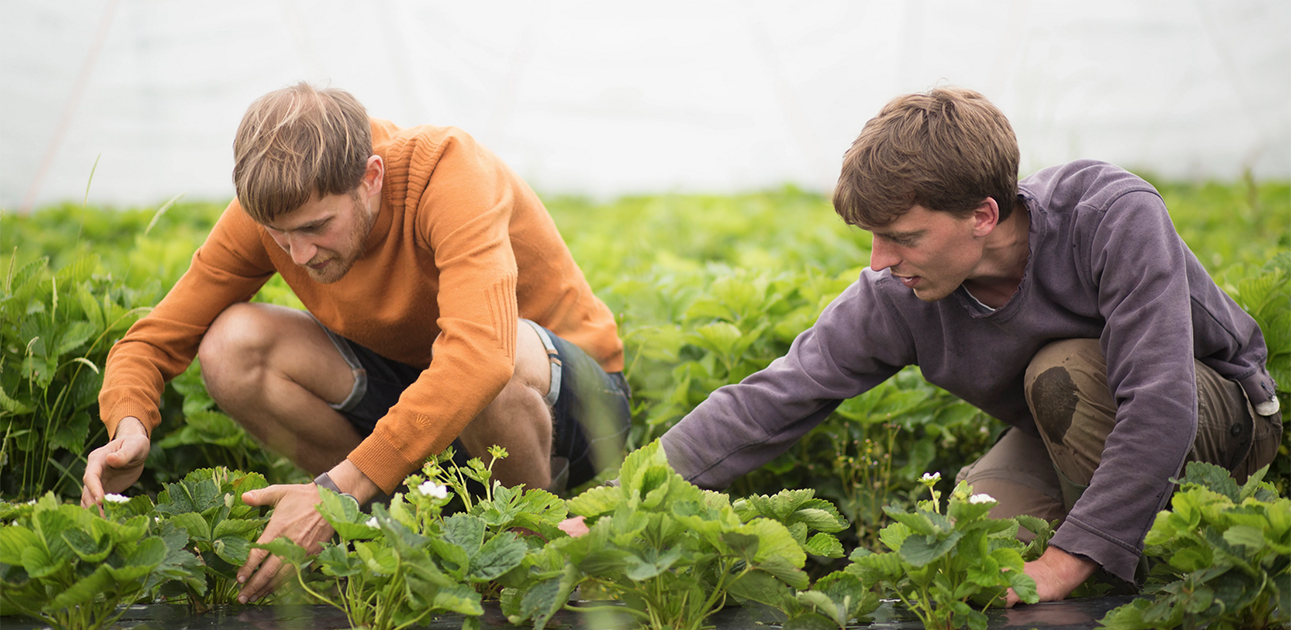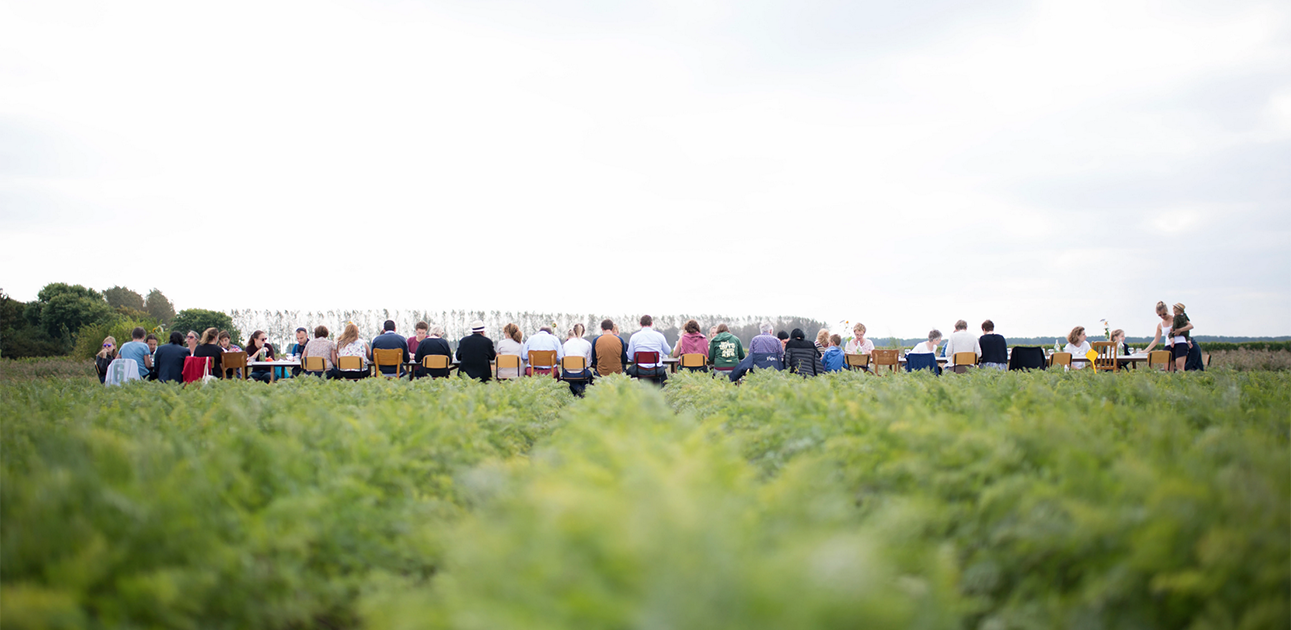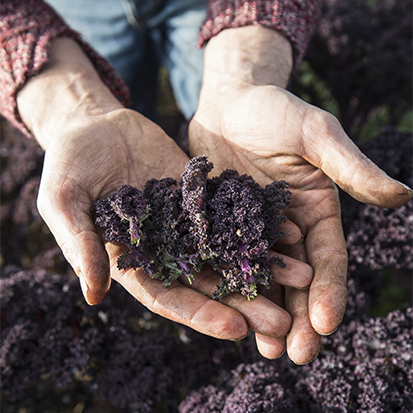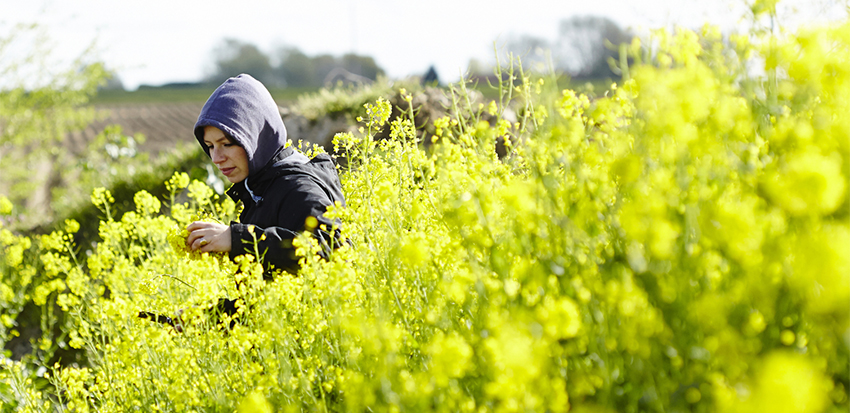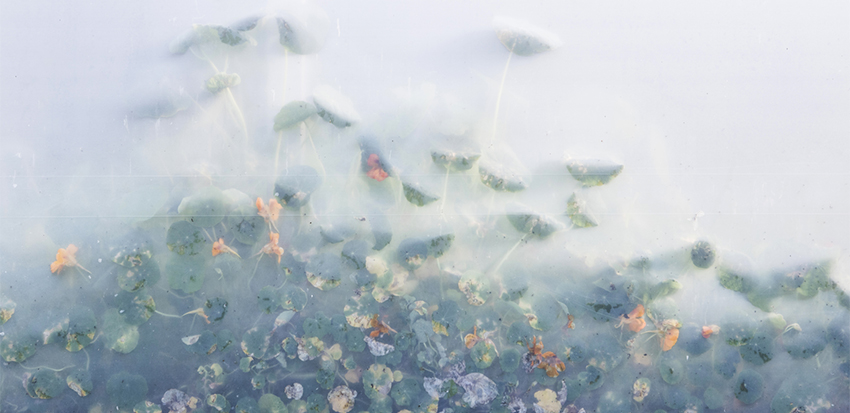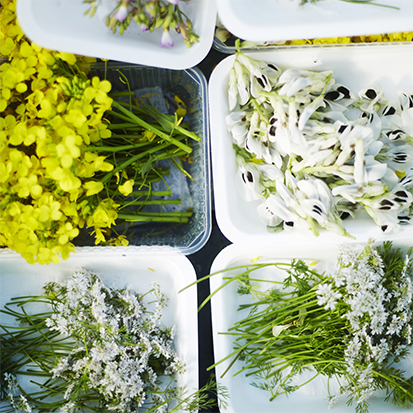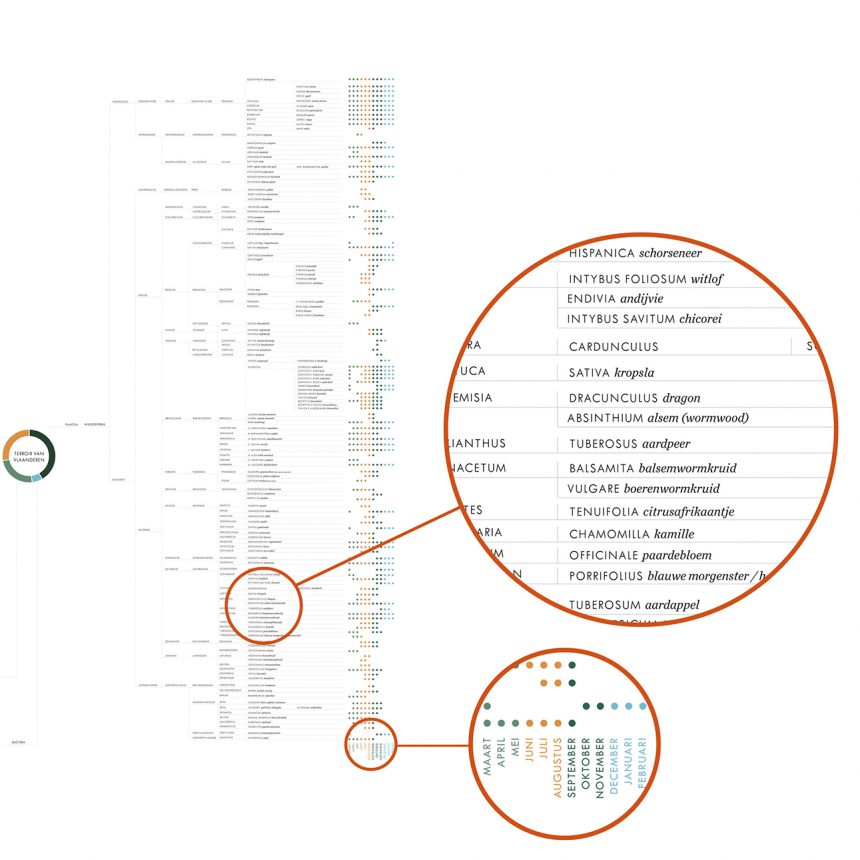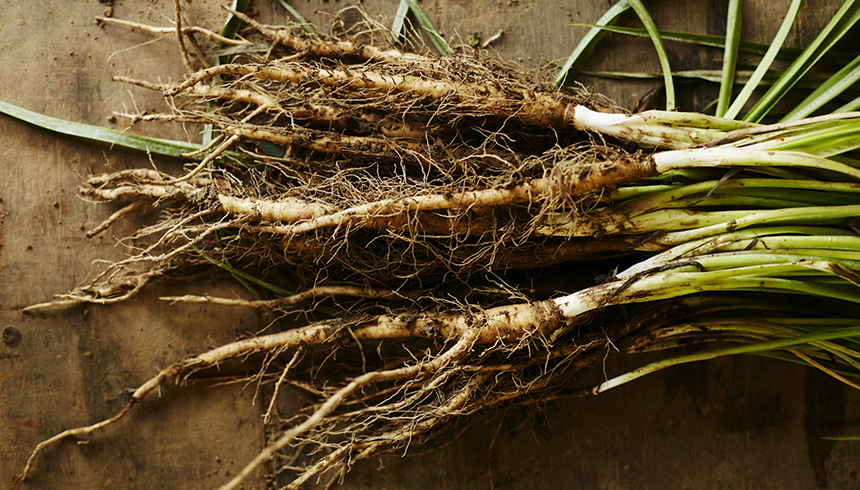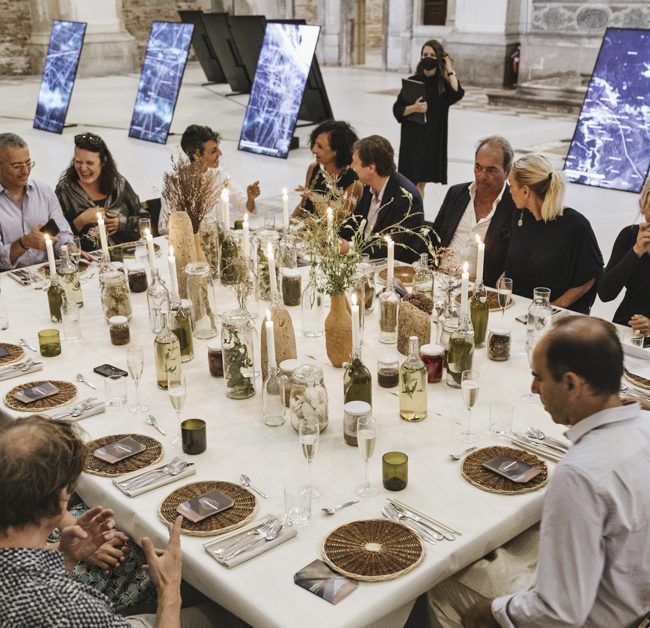The Eatelier performed an in-depth research on the terroir of the Flemish part of Belgium. The research focuses on the local food products and the culinary heritage, while looking at the past, present and possible future of the region. The project is in collaboration with Eatomsphere from Brussels and FoodLab Proef from Ghent.
This on-going project will produce product innovation from wastestreams and ignite a discussion around the flavors of the Flemish terroir, as well as create a dialogue and a consciousness around this terroir, its producers and the new shorter production chain they are working on. This will be showcased through diner events with a focus on local products, workshops and an exhibition.
Research
Past:
What food used to grow and be produced in Belgium? What were the local specialities? How were these prepared in the average household?
By taking a specific moment in time, we can look at the state of things back then and later on compare it the current state and the anticipated future. We picked the year 1958, in which the World Expo was held in Belgium. It is a perfect moment after the Second World War but before the big globalization. This means that local produce was widely available but more exotic products were still a luxury for the lucky few, if available at all. Looking at the full scope, from the available products to the preparation methods, we created an overview of the local foods. We organized the produce according to their scientific classification, mapping them out to see underlying connections between ingredients, for example plant-families and animal breeds, which are native to the terroir of Flemish Belgium.
This resulted in a map of the scientific classification of over 200 individual ingredients, which can be used as a tool for local chefs to work with. By connecting each ingredient to their natural harvest season, it became easy to see which products are available simultaneously and could be used together in a menu.
To keep this map relevant and up-to-date, we added the products from the producers we met in our ‘present’ part of the research. This map will now continue as a visual communication tool for food-professionals and consumers, but is also able to grow in the future when there are more producers and products joining the Terroir-project. Our intention is create a ‘living’ map, which will keep growing through the addition of new producers and therefore new products, which in its turn will guarantee the accuracy and continuous relevance of this map.
Present:
Who are the current producers of the local products? What are their stories, their hopes and dreams for the future? What are their production processes and wastestreams?
By visiting and interviewing the producers that currently are producing these Belgian products, we got an insight into their future goals and the issues they have to deal with. We realized that many producers aim for a new, or actually a rather old-fashioned way of producing, which is very appealing to them; small scale, focusing on quality over quantity, and cutting out the middle man and therefore moving into a shorter chain, being closer to the consumer. Through this approach they can charge fair prices and make a better quality product, but they produce far less. Therefore, their products become a luxury good instead of everyday food for the masses. This also adds to more biodiversity in the offer, offering foods that most consumers don’t know how to prepare.
By interviewing them and giving the producer a voice and a face, we try to connect the farmer to the consumer, in order to stimulate local economy and the shorter production chain. Next to that, we have the intention to demonstrate lesser-known products and cooking techniques, so these products also gain public interest. We do this through creating events around local, seasonal products and producers with renown chefs.
Since they produce on a small scale they have significantly less waste then the bigger producers, and if they do, there is a large variety in these waste products. This proves to be an interesting challenge for the processing of these wastestreams, since all current processing methods are directed at huge volumes of the same product.
Future:
Which product innovation can we initiate from the wastestreams of the producers? How can we bring the short chain and local produce into the future and create sustainable businessmodels?
In collaboration with Proef FoodLab from Ghent and University of Wageningen, department Food Technology, we are experimenting and developing ways to process the waste from the producers. We are developing new, innovative products in order to expand the product range for the producers to give them more economic stability, as well as expanding the flavor palette and possibilities of the Flemish terroir, and expanding the product offer for the culinary world and their possibilities to work with local products.
Through the creation of these products we expand the culinary possibilities of the Flemish terroir, while simultaneously we are creating more visibility, relevance and a strong identity for the project.
See how the project is developing: eatmosphere.be



